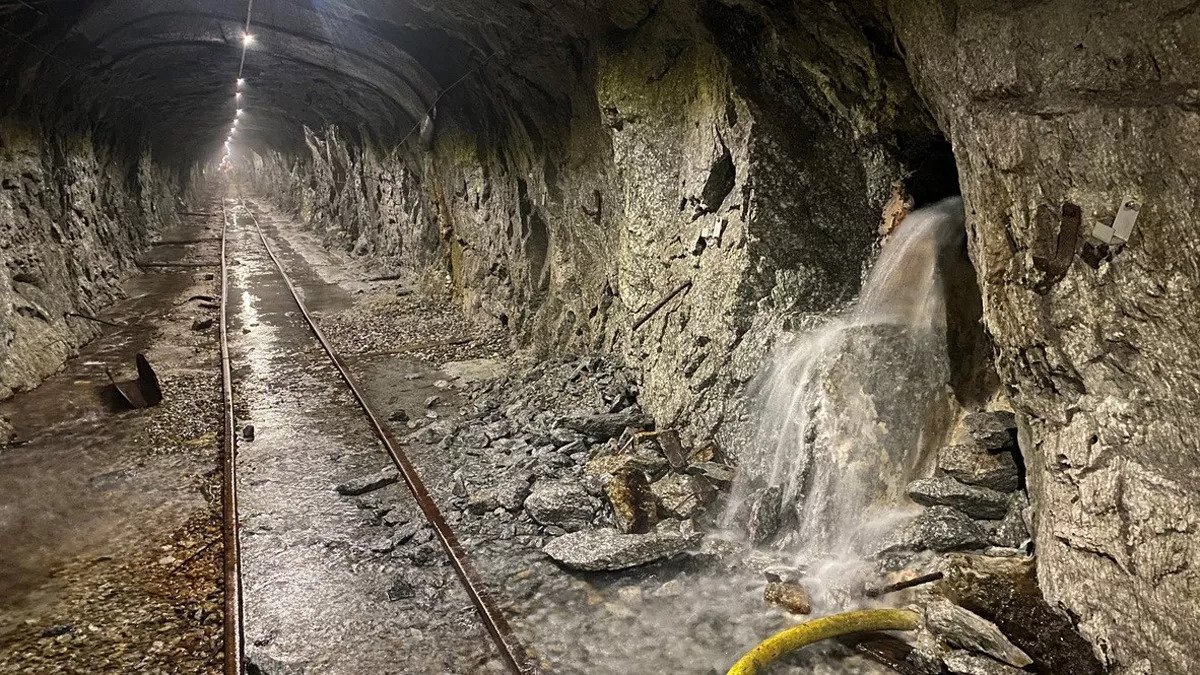Scientists are studying how the presence of life under Alpine glaciers affects their characteristics. This will help to understand what its signs may look like on other planets.

Why study Alpine glaciers?
The small abandoned Bedretto railway tunnel under the Saint-Gotthard mountain range has attracted the attention of scientists investigating extraterrestrial life. They collect samples of water that is formed as a result of melting glaciers and study the microorganisms in it and their waste products.
They are interested in anaerobic microbes which vital activity does not need oxygen. Once upon a time, at the beginning of the Earth’s history, all living organisms were like this, but since then most living organisms have evolved in order to breathe oxygen. Their biochemistry has changed accordingly.
Scientists believe that if there is life on other celestial bodies on which there is ice, then it is represented by anaerobic microorganisms. First of all, this applies to Mars and the moons of Jupiter and Saturn.
What traces does extraterrestrial life leave
No life on Earth leaves traces in the environment, because it always takes some substances from the outside and releases something else. Anaerobic organisms living in glaciers are no exception. But so far we don’t know anything about what the traces of their vital activity look like in the environment.
For example, it is known that microorganisms emit a lot of methane. However, it can also be formed as a result of purely geological processes. Comparing the parts of Alpine glaciers where there is abiotic life with those where there is none, scientists are trying to understand whether there is a difference between samples of this gas formed as a result of various processes.
If its isotopic composition is really different, then it would help to detect life very quickly in future missions of other planets. Even if we do not see the microorganisms themselves, the traces of their vital activity will testify for them themselves.
And the possible traces of anaerobic microorganisms are not limited to methane alone. Sulfates, nitrates and ammonia also play an important role in the life cycle of organisms, but very little is known about how anaerobes use them. By studying Alpine glaciers, scientists hope to learn more about this.
Is alien life similar to terrestrial life?
The age of groundwater hidden under the Alps can reach 300 million years. It may seem like a long time, but there are places on Earth where water has been isolated from the world for a billion years. And microorganisms live in it, too, remaining isolated from the rest of the world throughout this time.
These living beings have developed a unique set of adaptations to these difficult conditions. And it would be possible to assume that alien microbes should have the same. However, one fundamental question arises here. No matter how long the isolation time of microorganisms in underground reservoirs was, it happened much later than the origin of life on Earth.
So, even these anaerobic microorganisms remain relatively close relatives of living beings on the surface. Life on another planet will not have common ancestors with our life. In this case, will evolution follow the same path as on Earth under the same conditions? There is no answer to this question yet.
According to www.space.com
Follow us on Twitter to get the most interesting space news in time
https://twitter.com/ust_magazine
